
AeroGenie — Uw intelligente copiloot.
Trending
Categories
Longest Widebody Flights From the US This Month
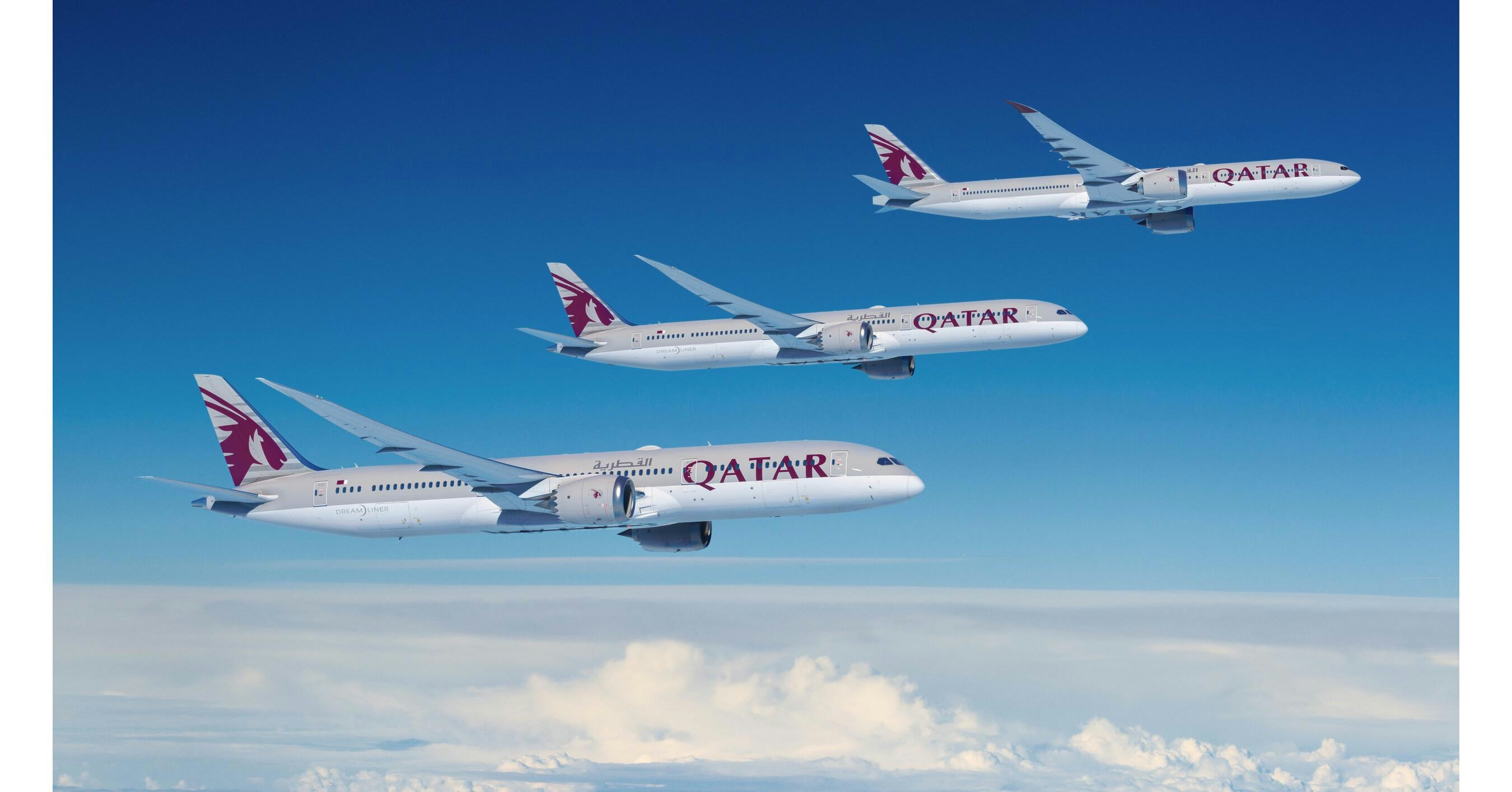
Longest Widebody Flights From the US This Month
More than a century after the world’s first commercial flight—a brief 17-kilometer journey from St. Petersburg to Tampa in 1914—advancements in aircraft design and engine technology have revolutionized air travel. Today, airlines operate ultra-long-haul flights that span thousands of miles non-stop, often exceeding 9,000 miles and lasting over 16 hours. These extensive routes connect the United States directly with far-flung destinations across Asia and Oceania, showcasing the remarkable progress in aviation capabilities.
Leading Ultra-Long-Haul Routes and Aircraft
The longest widebody route from the US is operated by Singapore Airlines, which offers a daily service between New York JFK and Singapore Changi. Covering nearly 9,500 miles, this flight holds the distinction of being the world’s longest nonstop scheduled passenger service. The airline employs the Airbus A350-900ULR for this route, configured exclusively with 67 business class and 94 premium economy seats, deliberately omitting standard economy to maintain profitability on such an extended journey. The average block time for this flight is approximately 19 hours and 15 minutes, including taxiing and minor delays.
Singapore Airlines also operates the second-longest US route, flying between Newark Liberty International Airport and Singapore with the same aircraft and seating configuration, offering a similar duration and distance.
Beyond these two routes exceeding 9,000 miles, several others surpass 8,000 miles. Qantas, for example, operates a long-haul service from Dallas Fort Worth to Melbourne using the Boeing 787-9 Dreamliner. Looking ahead, Qantas is preparing to launch new ultra-long-haul flights under its Project Sunrise initiative. The first of these will be a nonstop Sydney–New York route utilizing the Airbus A350-1000, expected to cover nearly 9,900 miles and become the world’s longest commercial flight upon its introduction.
Operational Challenges and Market Dynamics
Operating ultra-long-haul flights involves considerable challenges, including high operational costs, the necessity for cutting-edge technology, and regulatory complexities that can impact route approvals and market access. Airlines must carefully balance fuel efficiency with passenger comfort to ensure these marathon flights remain financially viable.
The competitive landscape for these routes is intensifying. Leading carriers such as Singapore Airlines, Qantas, and Cathay Pacific are expanding their long-haul networks, prompting strategic responses from competitors. These include partnerships like the codeshare agreement between Singapore Airlines and Vietnam Airlines, as well as capacity adjustments exemplified by Spirit Airlines’ recent plans to furlough flight attendants. Regulatory developments also play a significant role; for instance, the US Department of Transportation’s recent termination of Delta’s cooperation agreement with Aeromexico has influenced airline strategies and the broader market environment.
As technological innovation continues and airlines adapt to shifting market and regulatory conditions, the era of ultra-long-haul travel is pushing the boundaries of commercial aviation further than ever before.
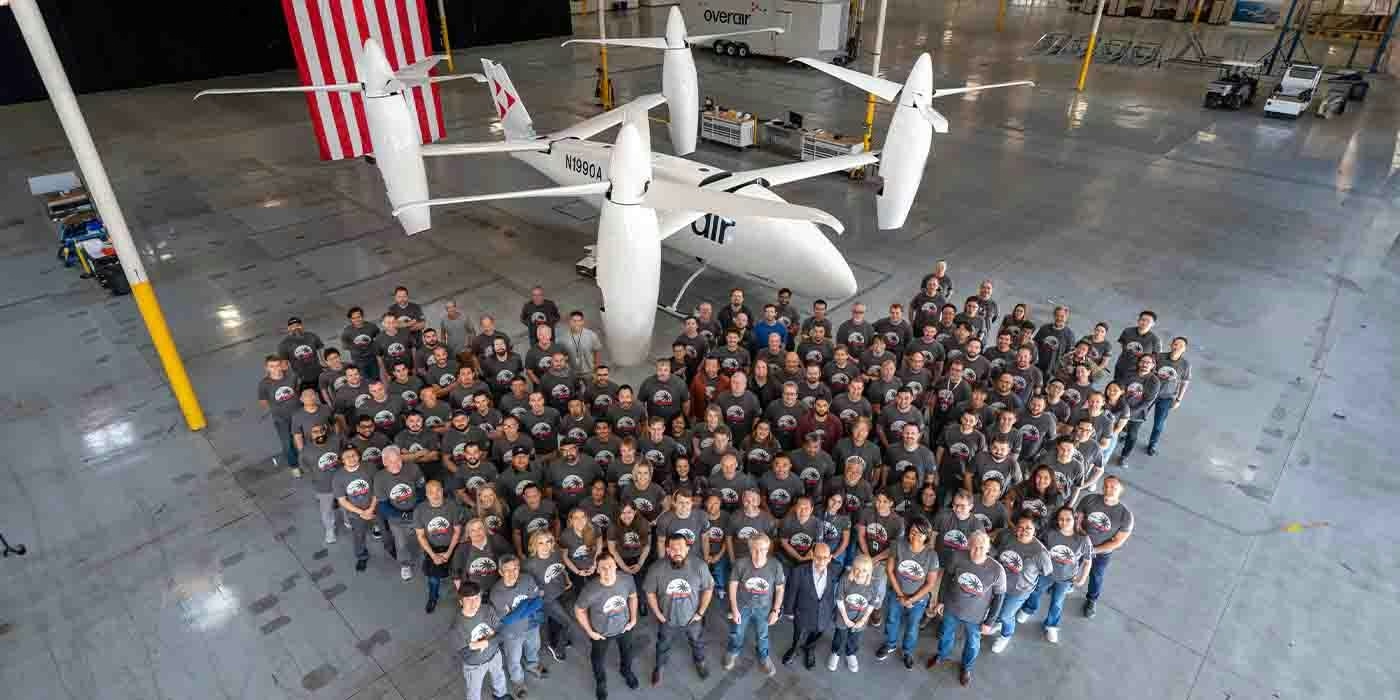
Unique mixed-propulsion eVTOL completes transition flight testing
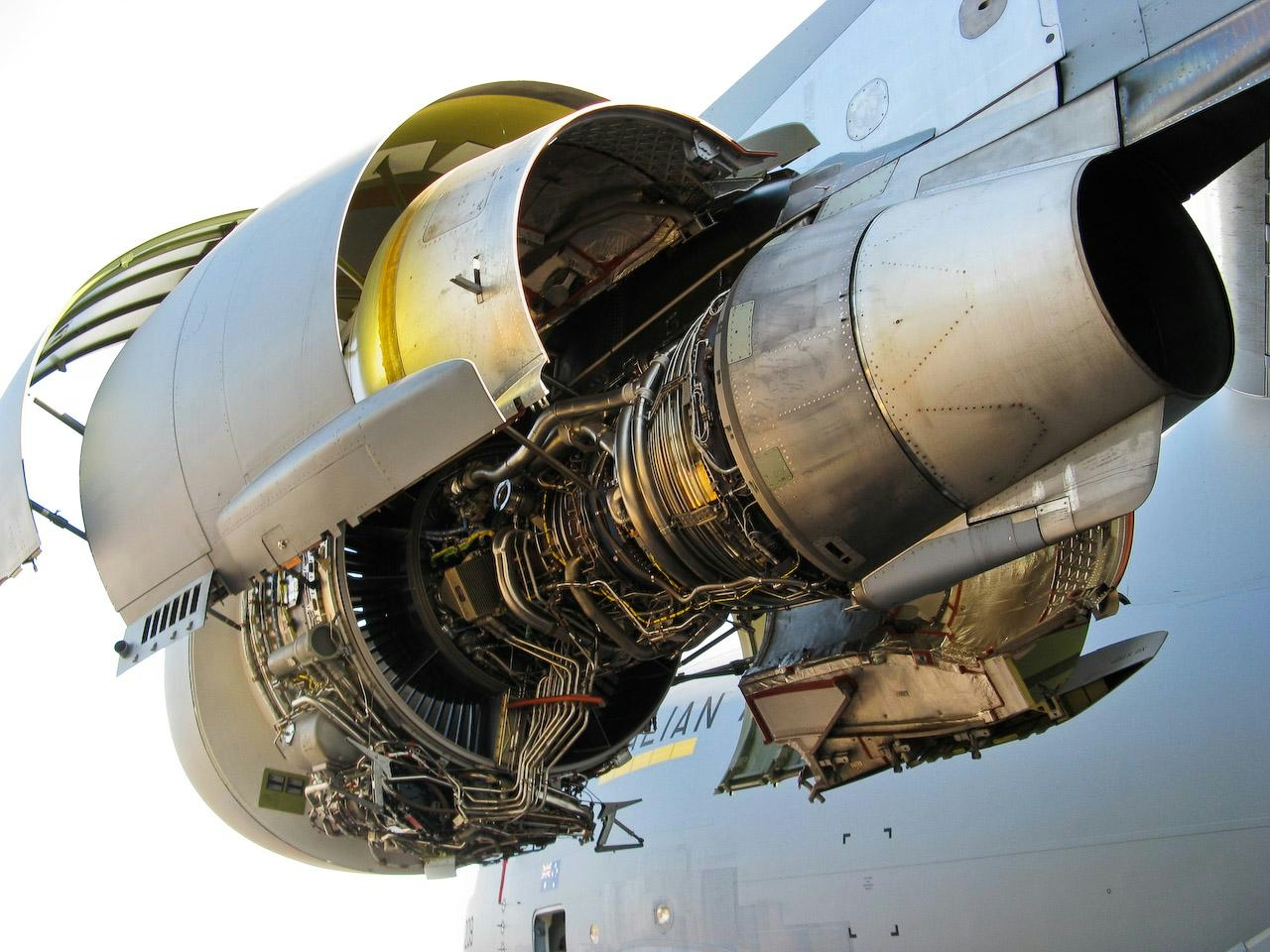
Are C-17 Globemaster Engines Derived from Boeing 757?
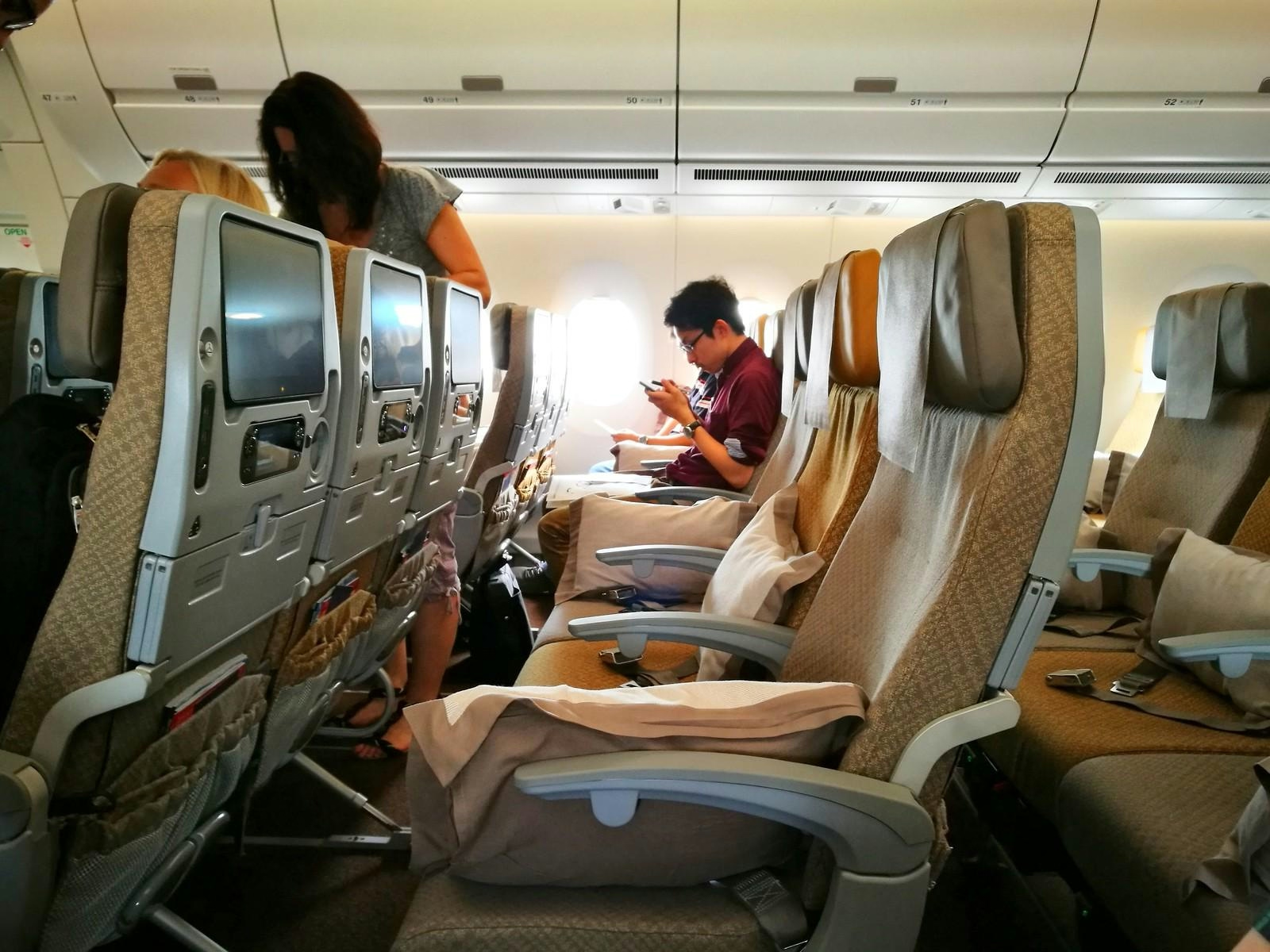
Why the Airbus A350’s Cabin Is Quieter Than Other Aircraft
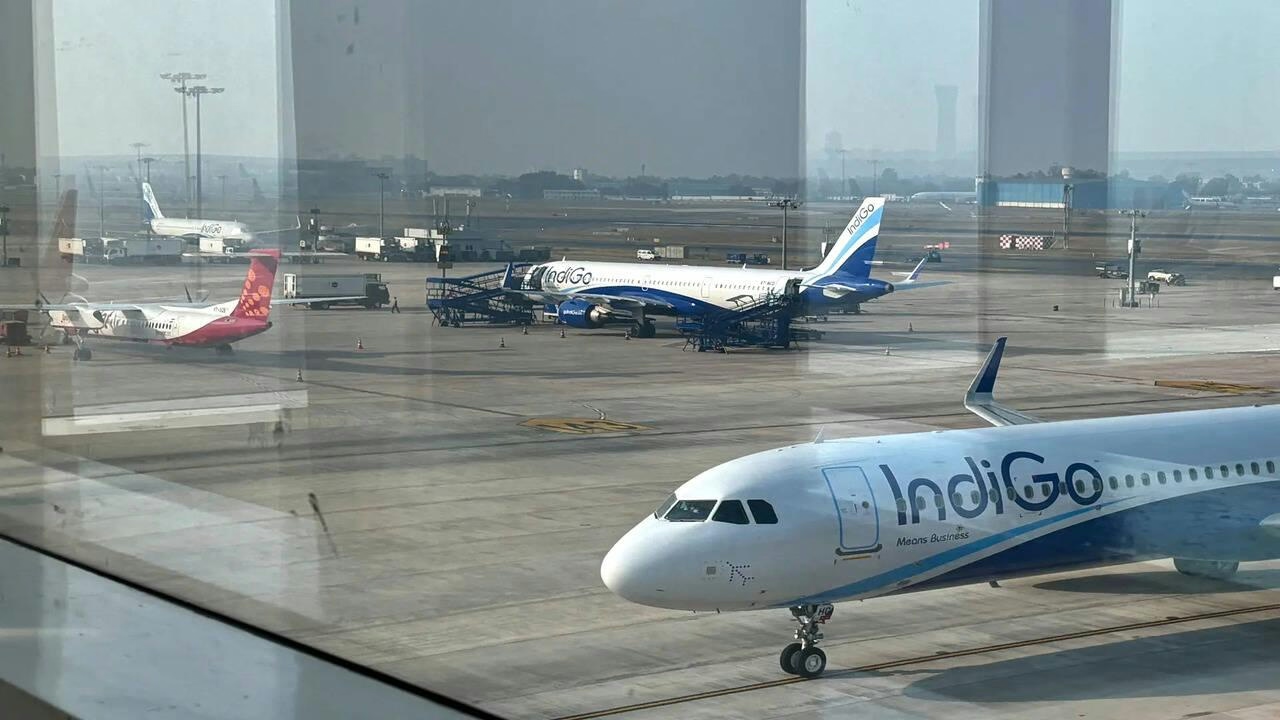
AI and AI Express Plan to Increase Capacity Amid IndiGo Flight Disruptions
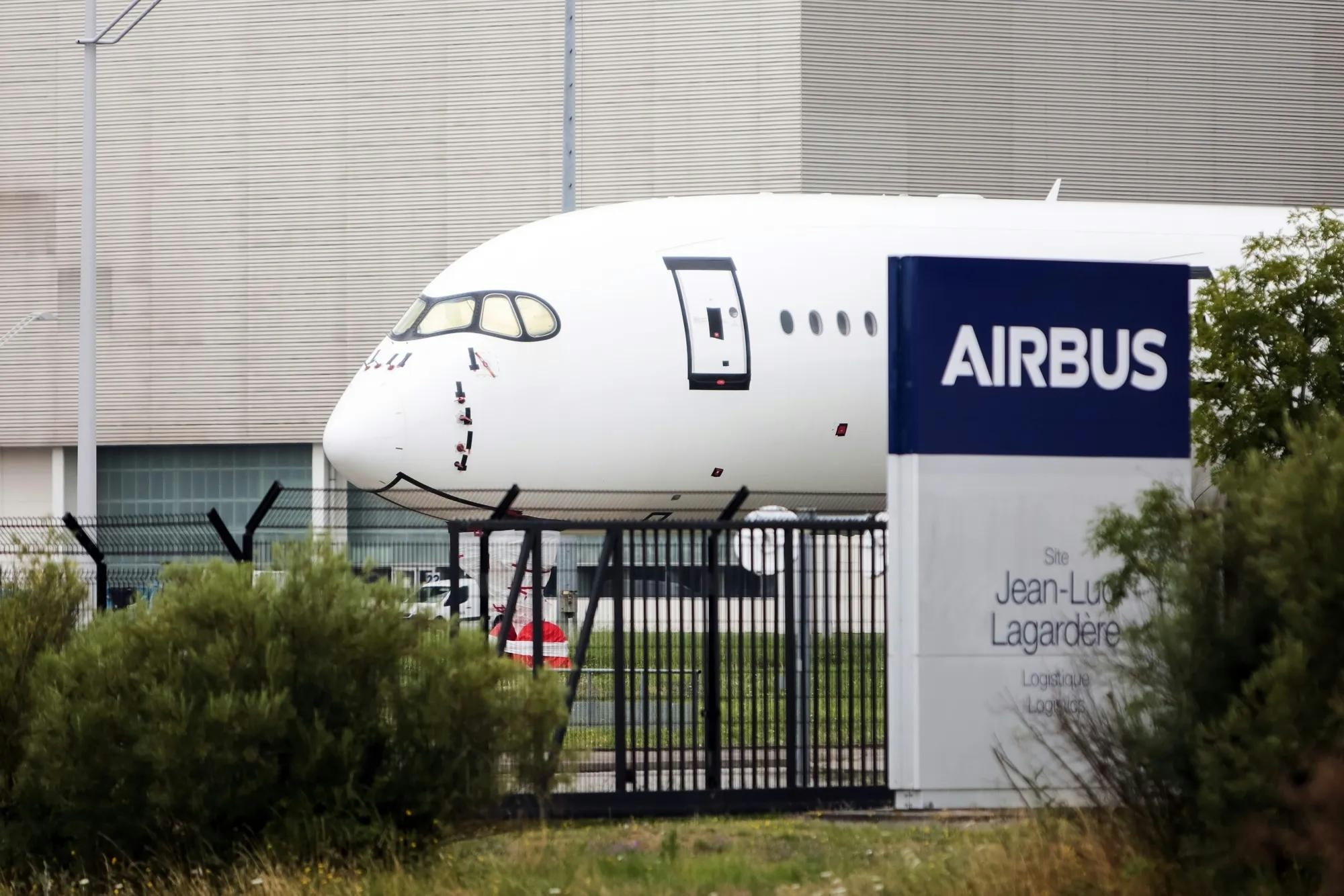
Kazakhstan and France Agree on Airbus Aircraft Deliveries
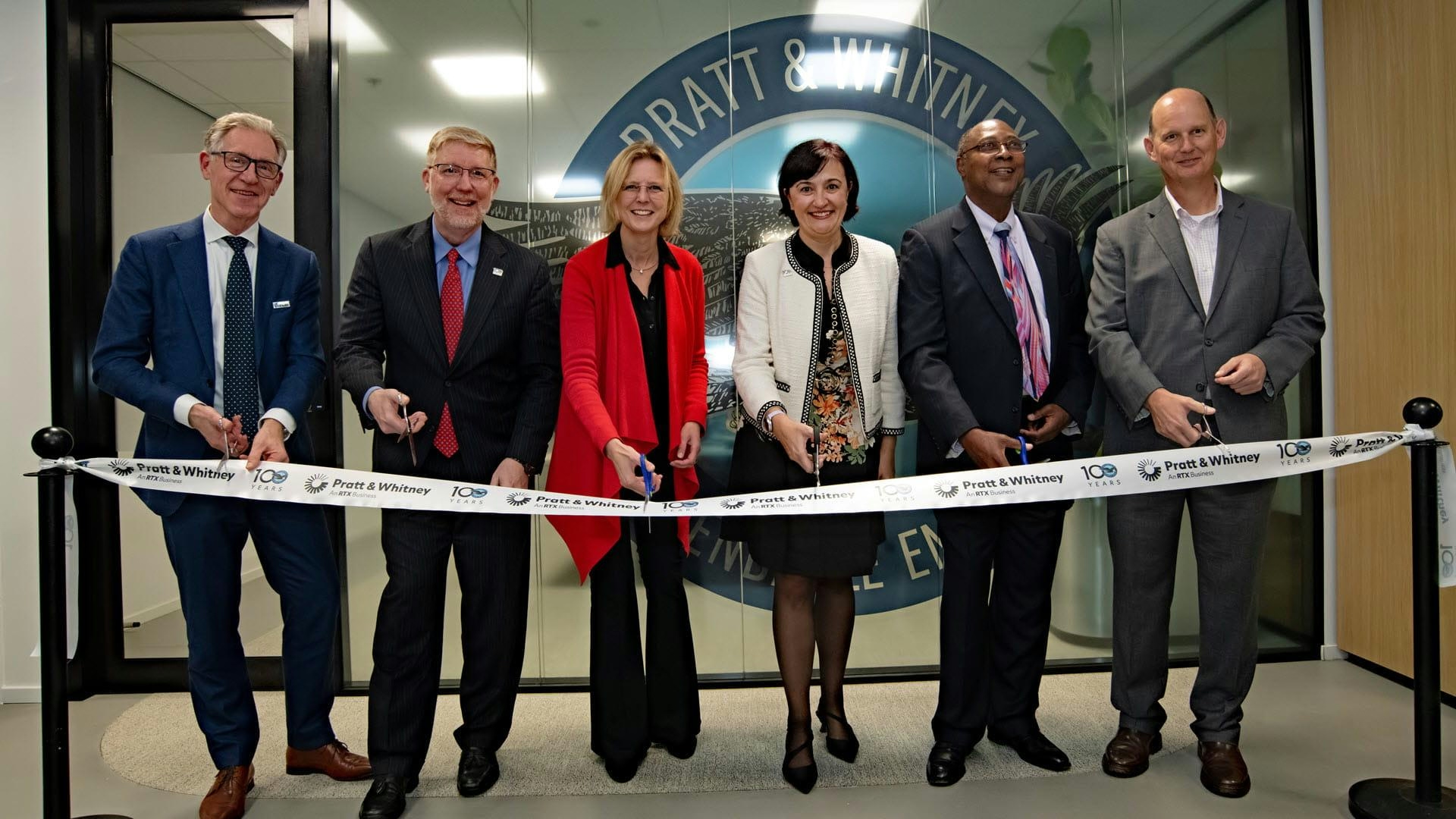
Europe’s Emerging Talent Drives Aviation Innovation
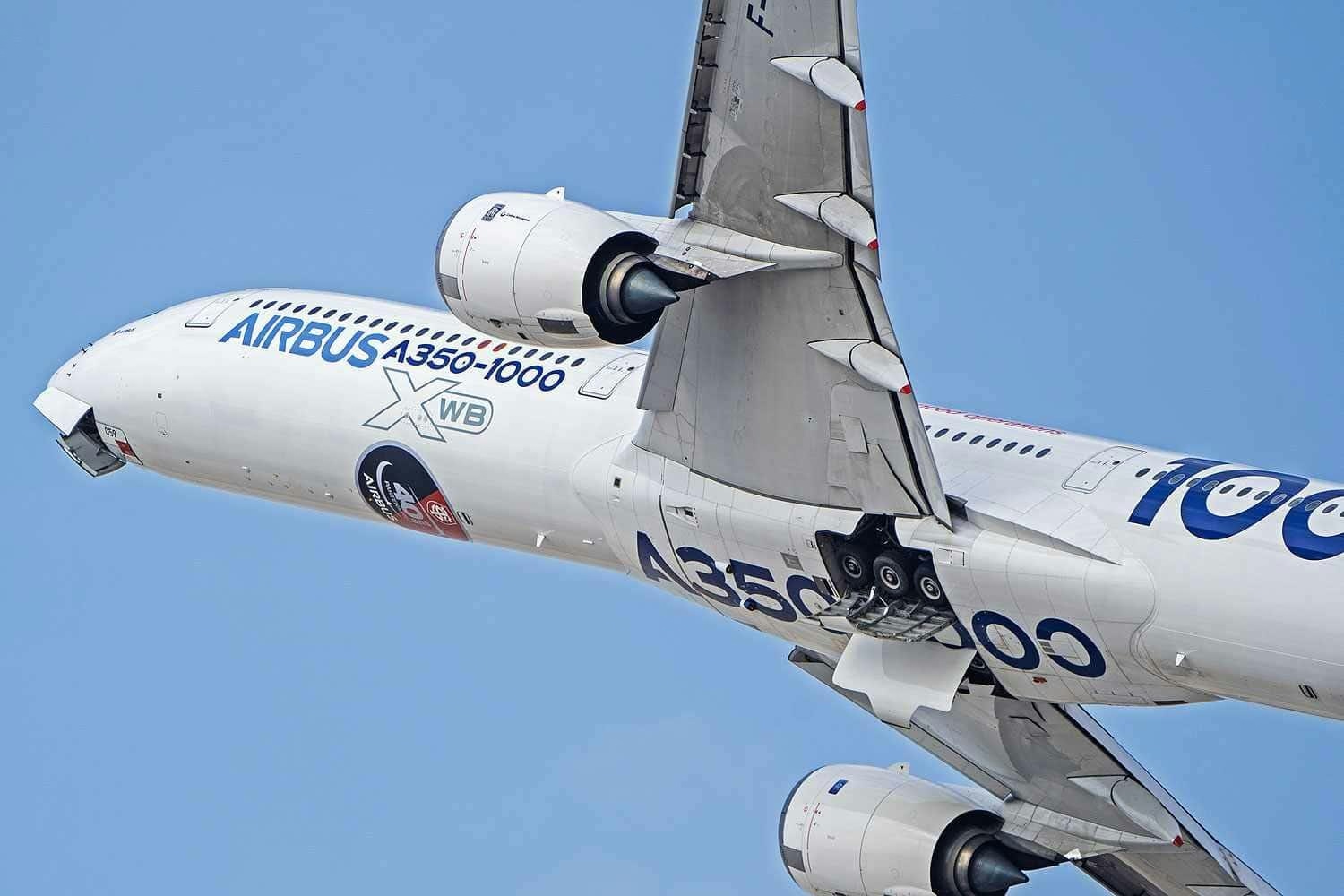
Airbus Receives New Order for A350-1000
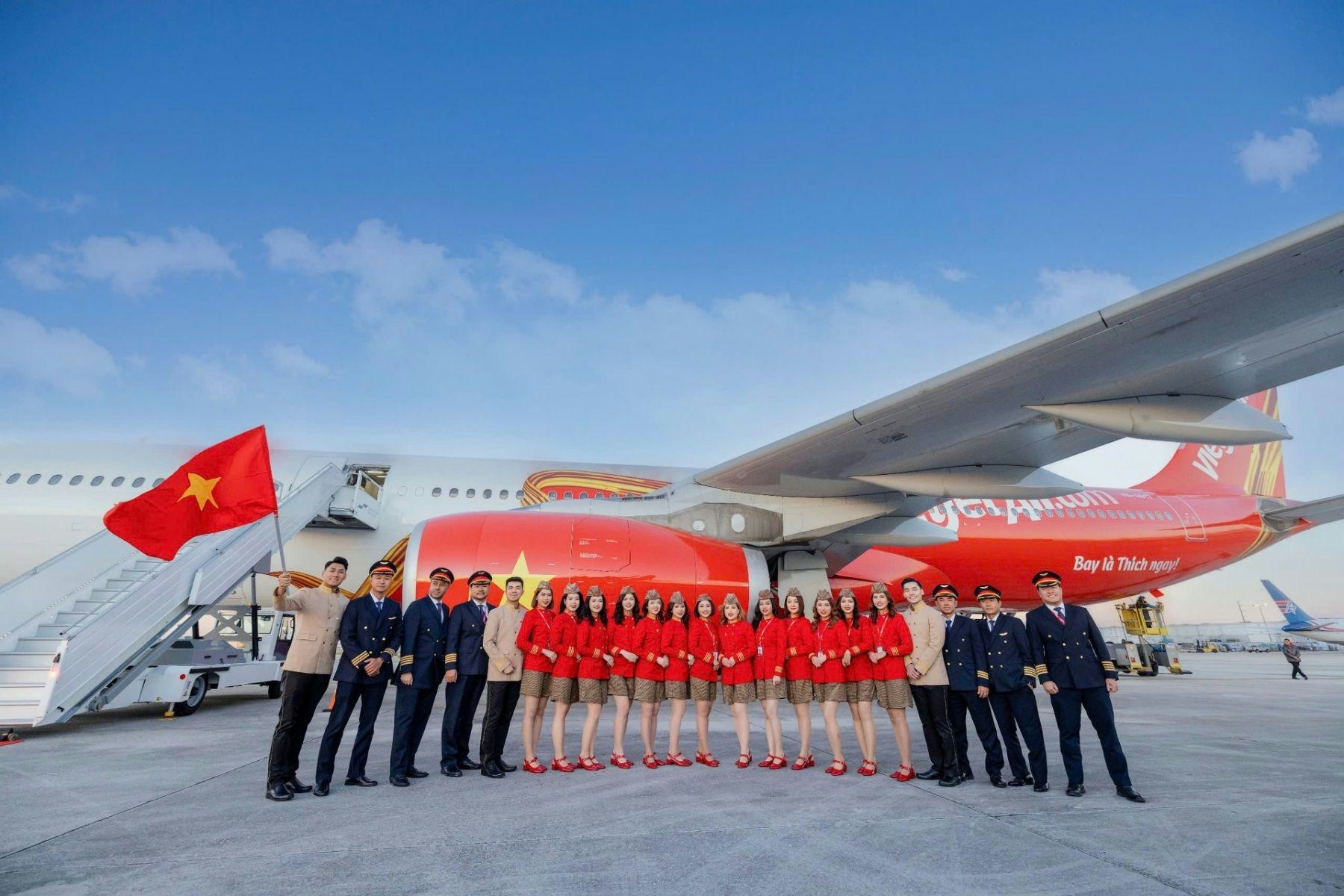
The Leading Widebody Aircraft in Service Today
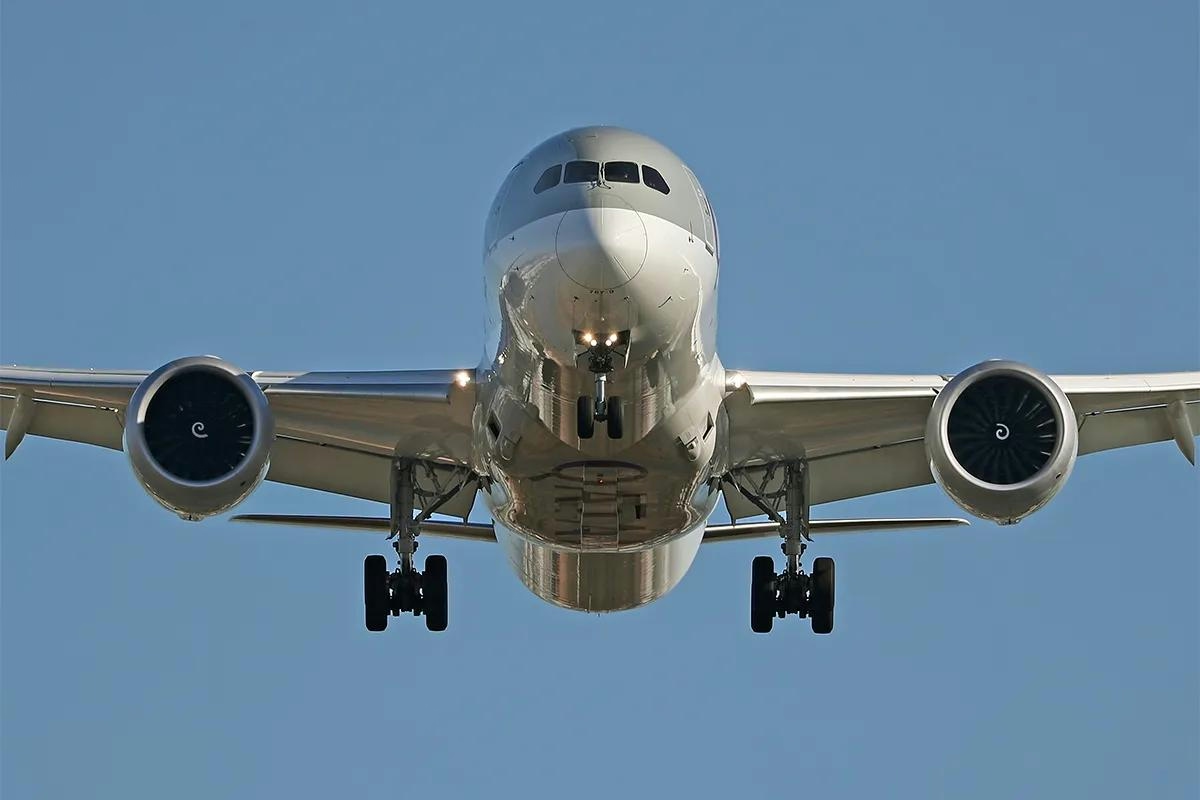
The Fastest Boeing Jet Currently in Service
